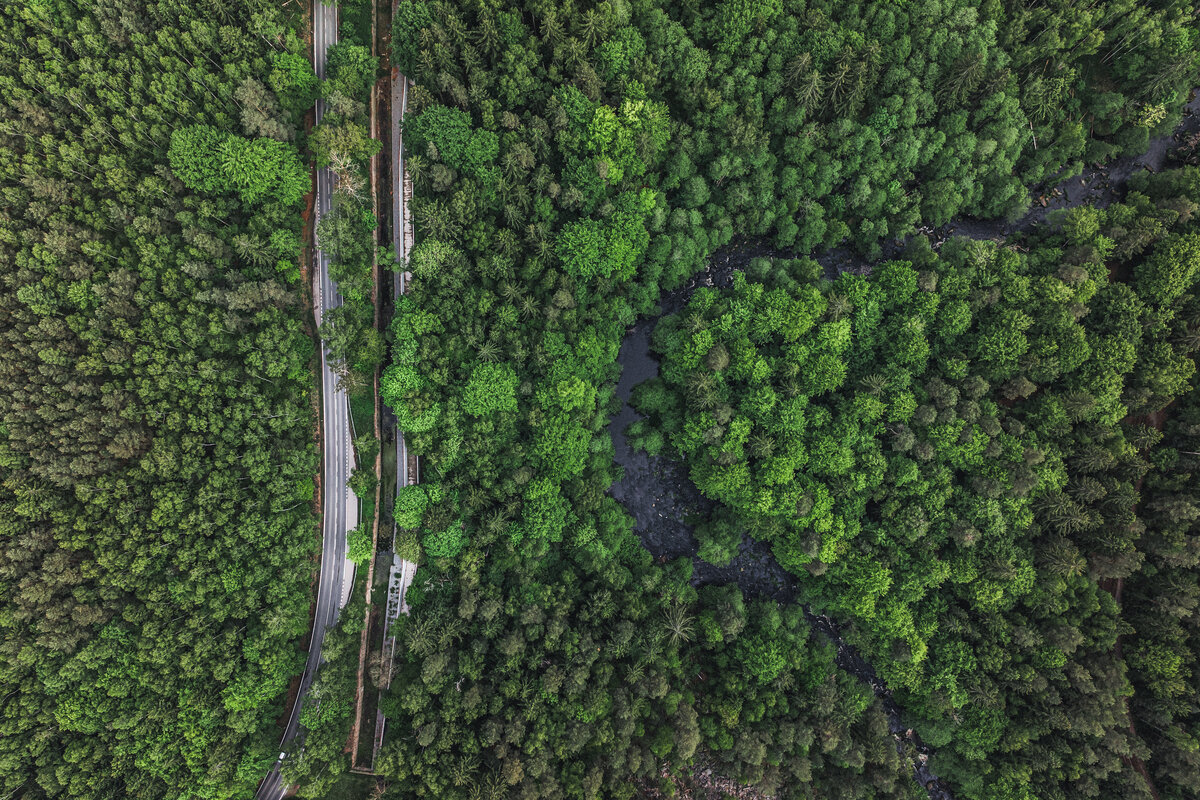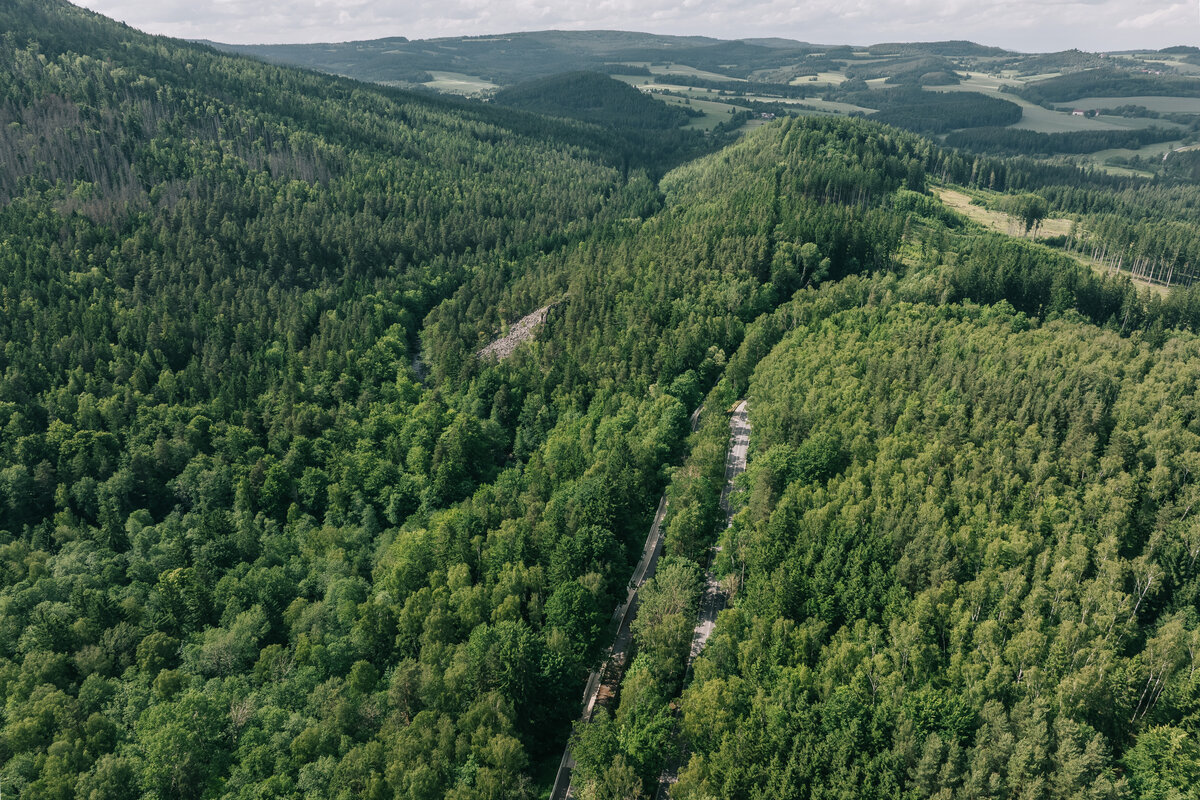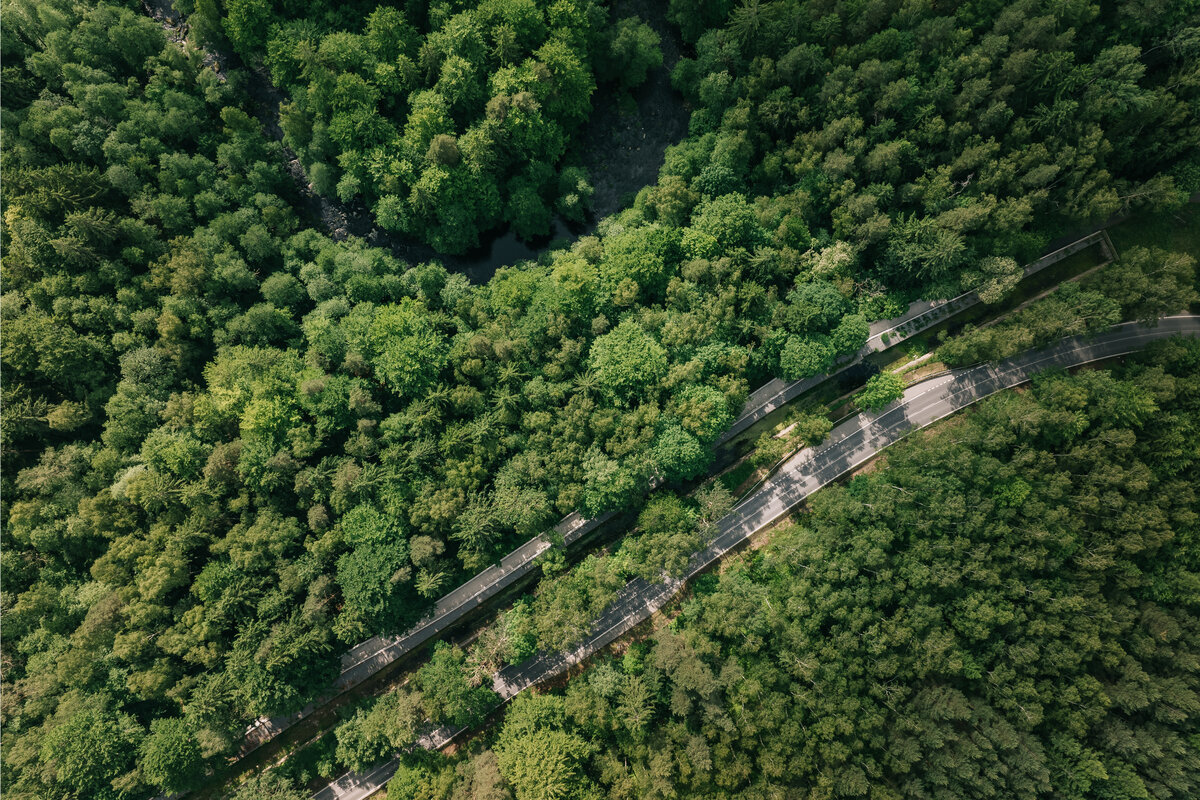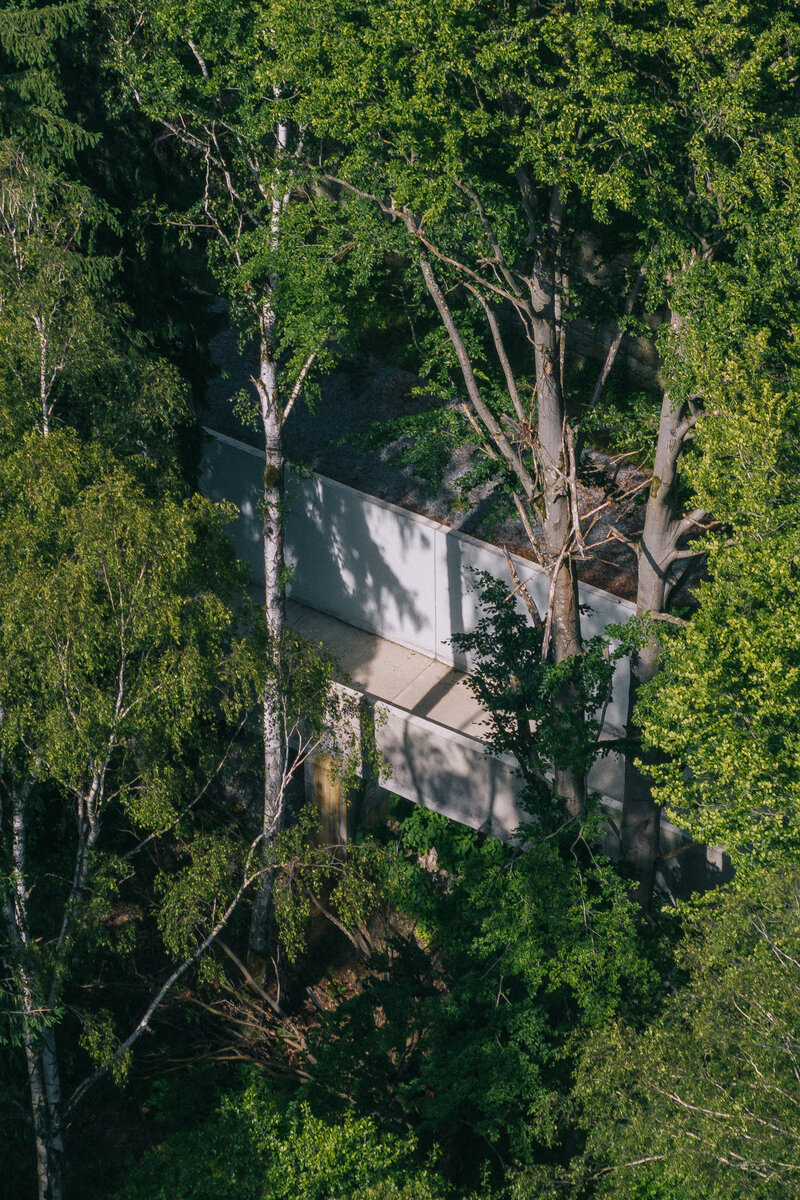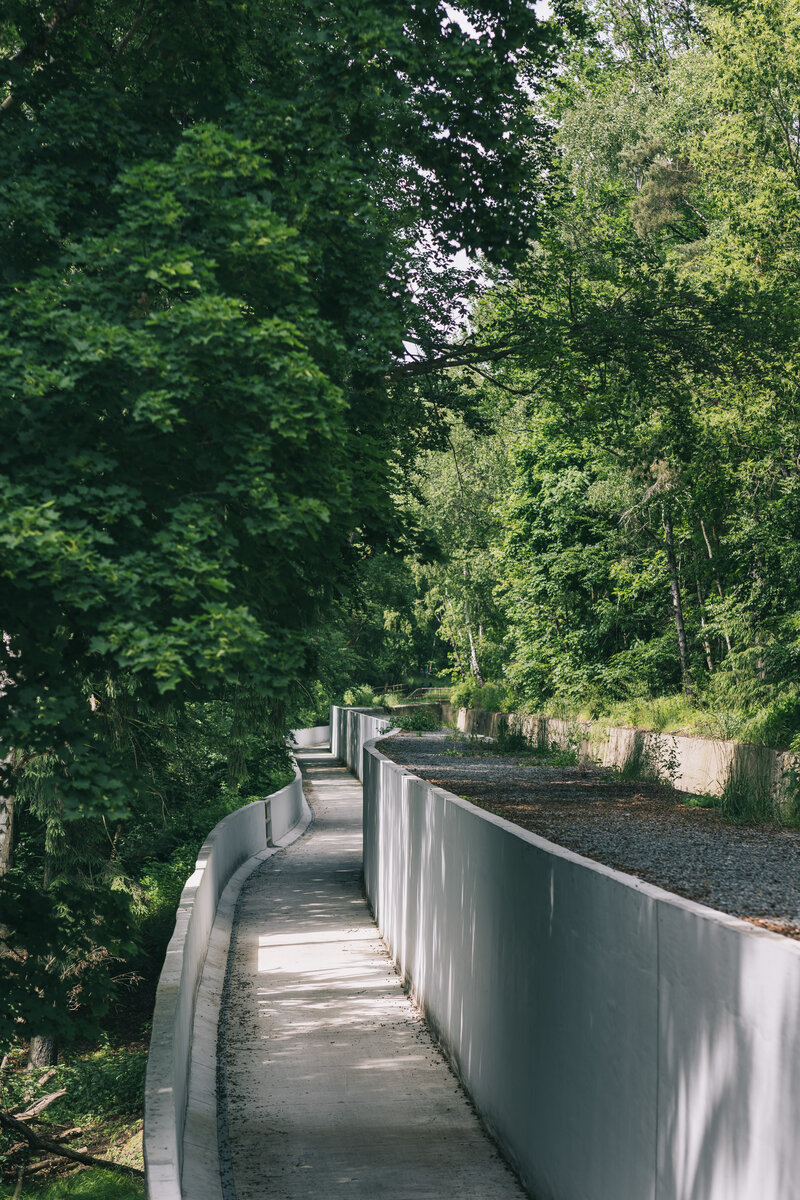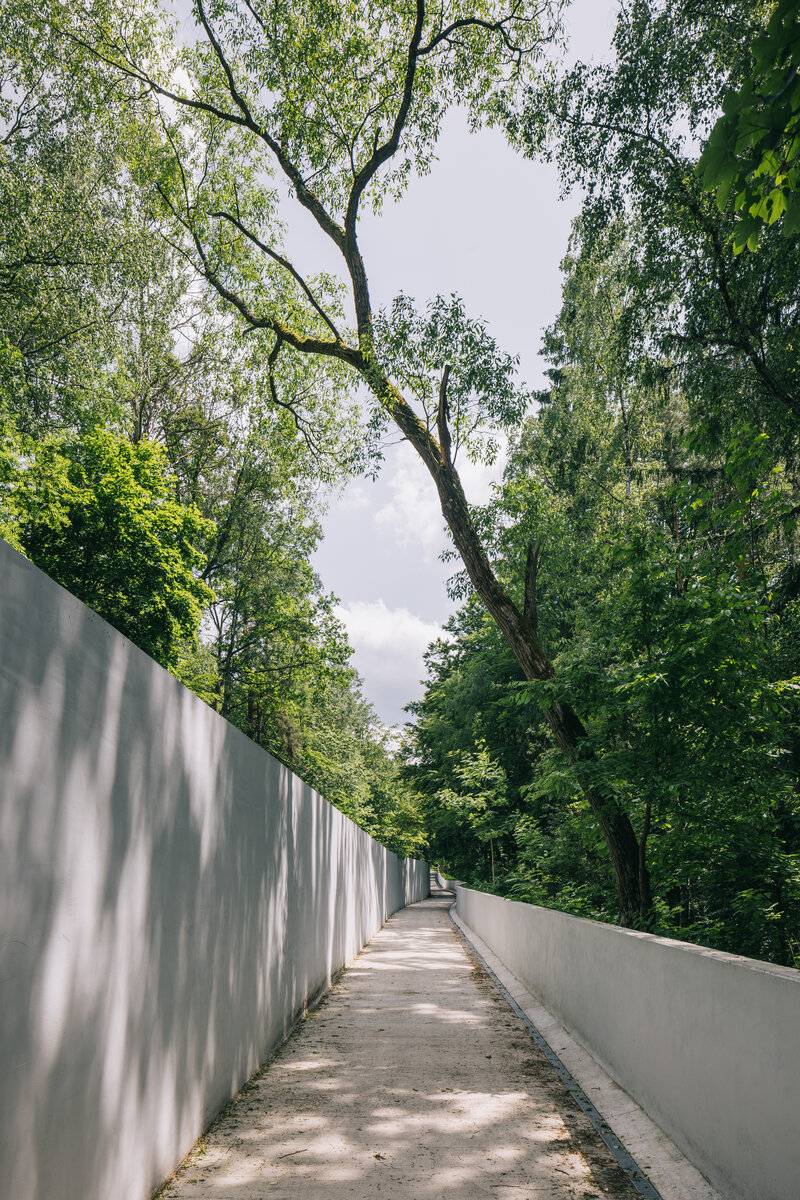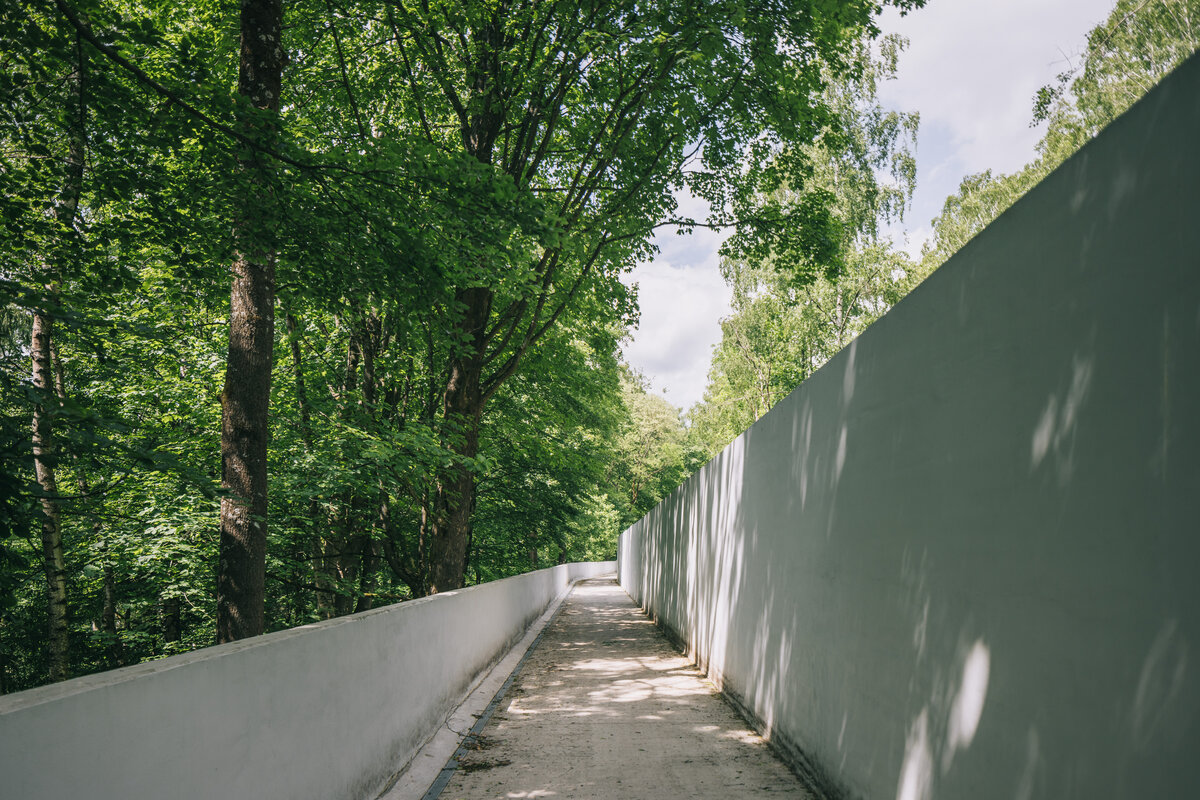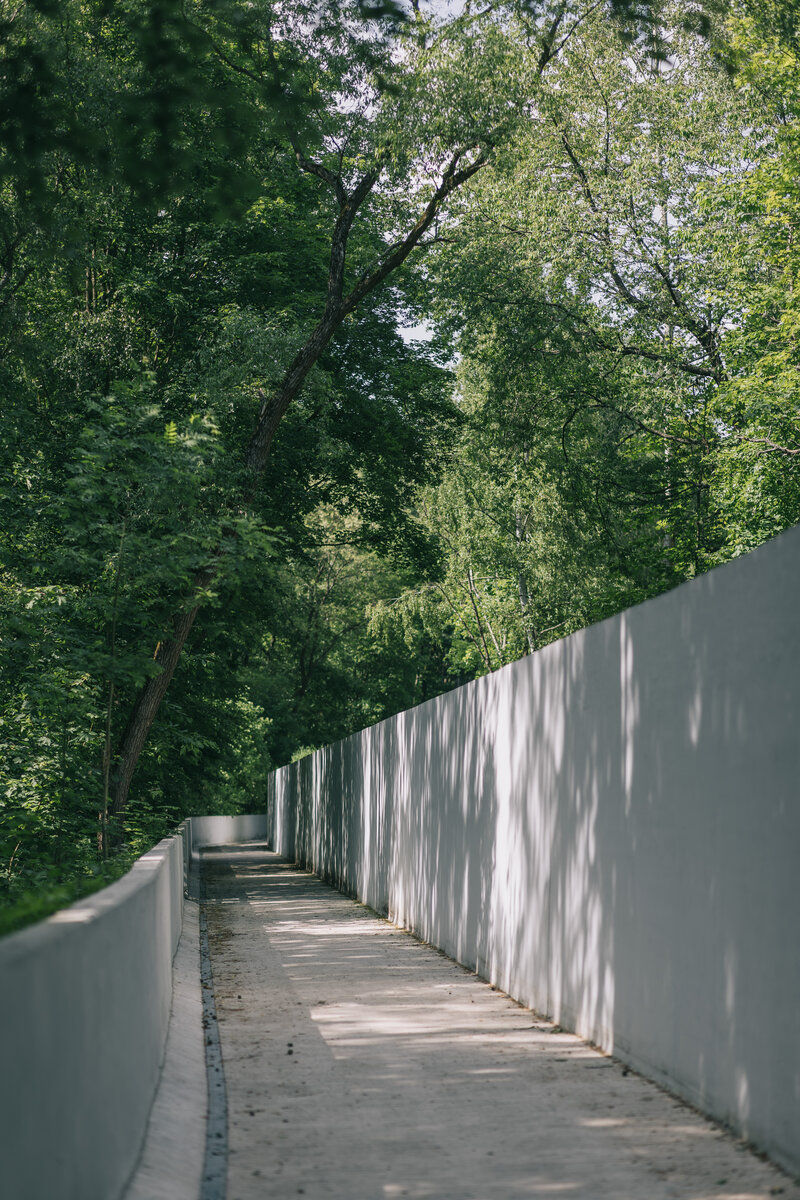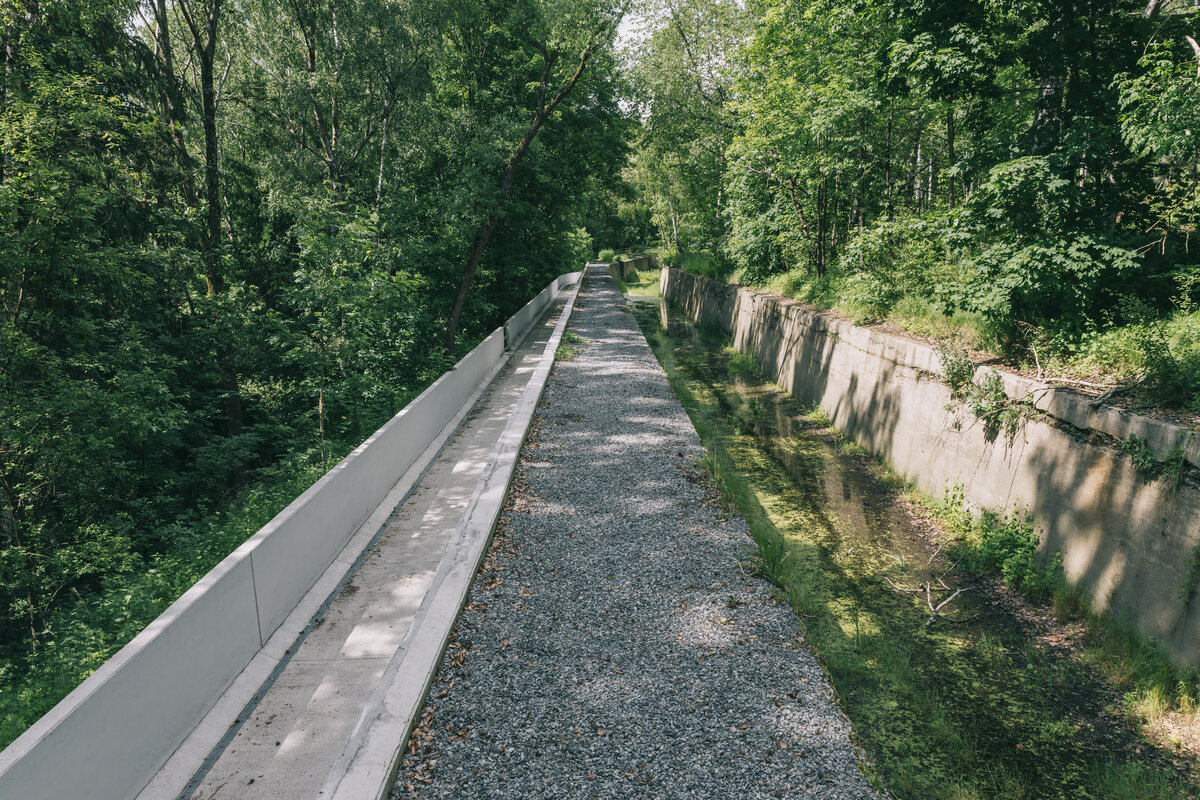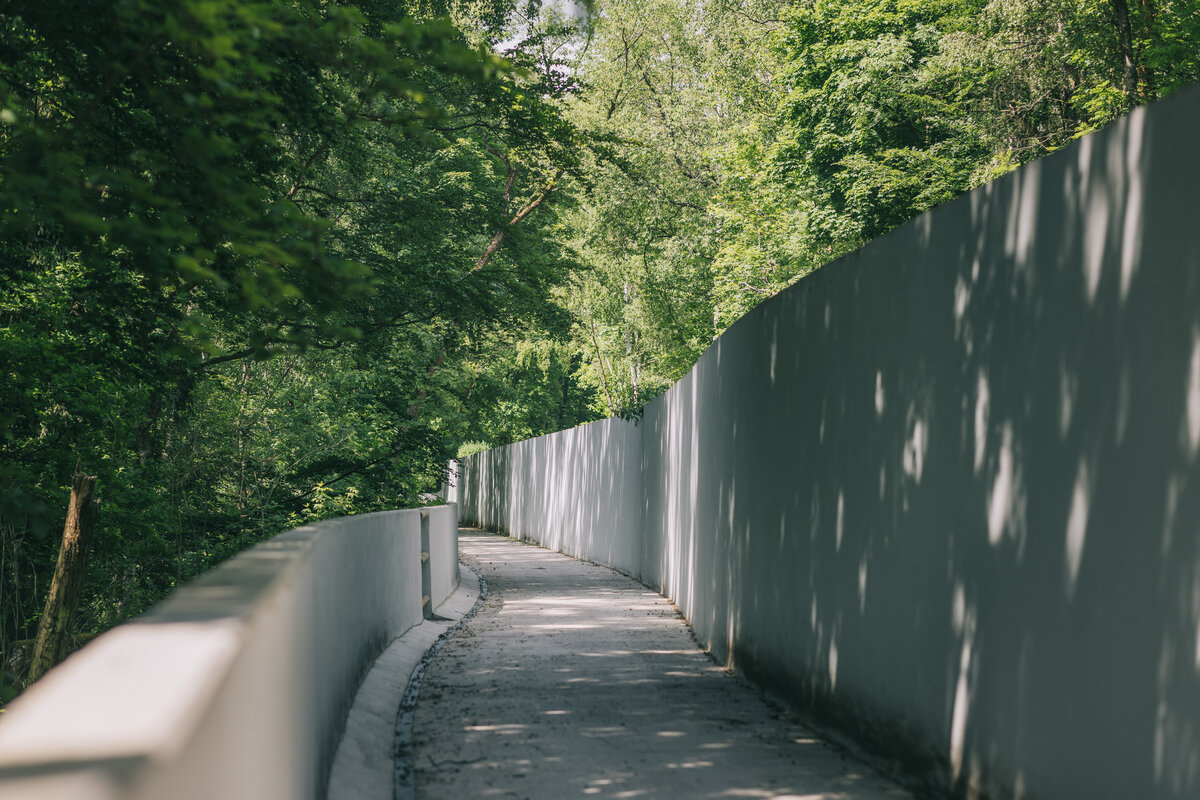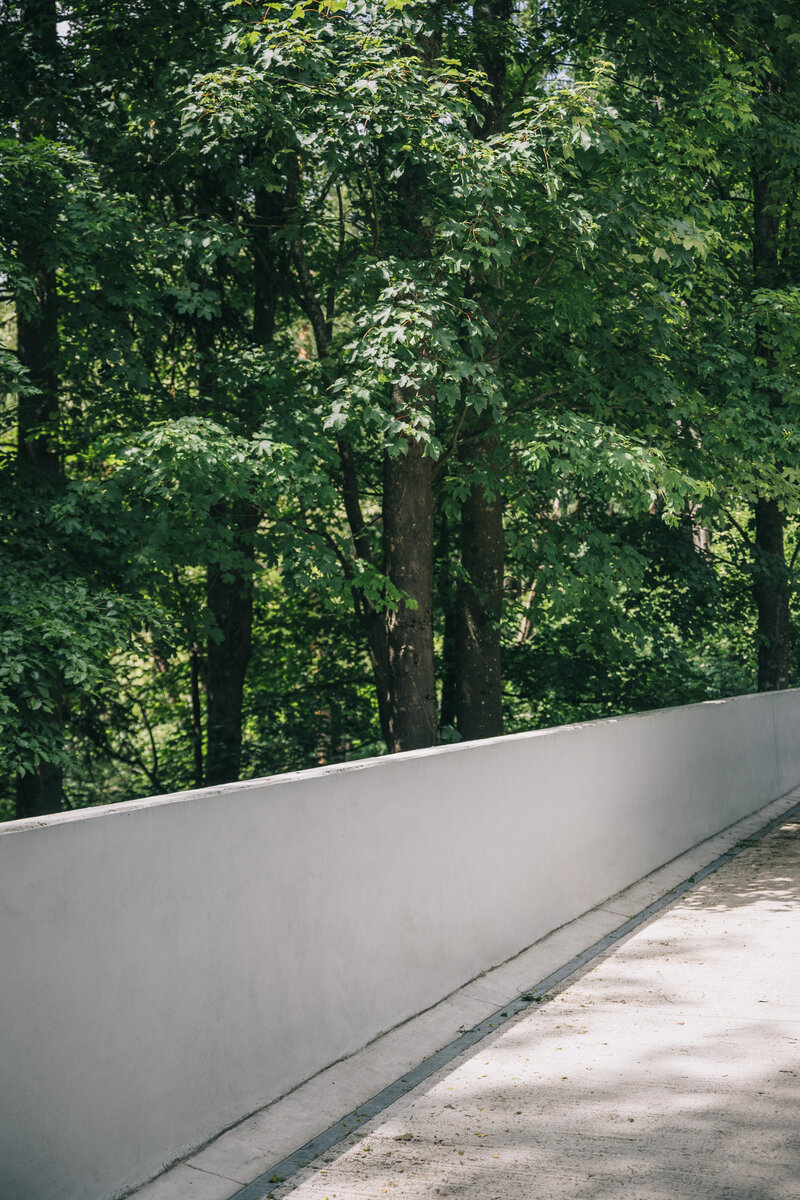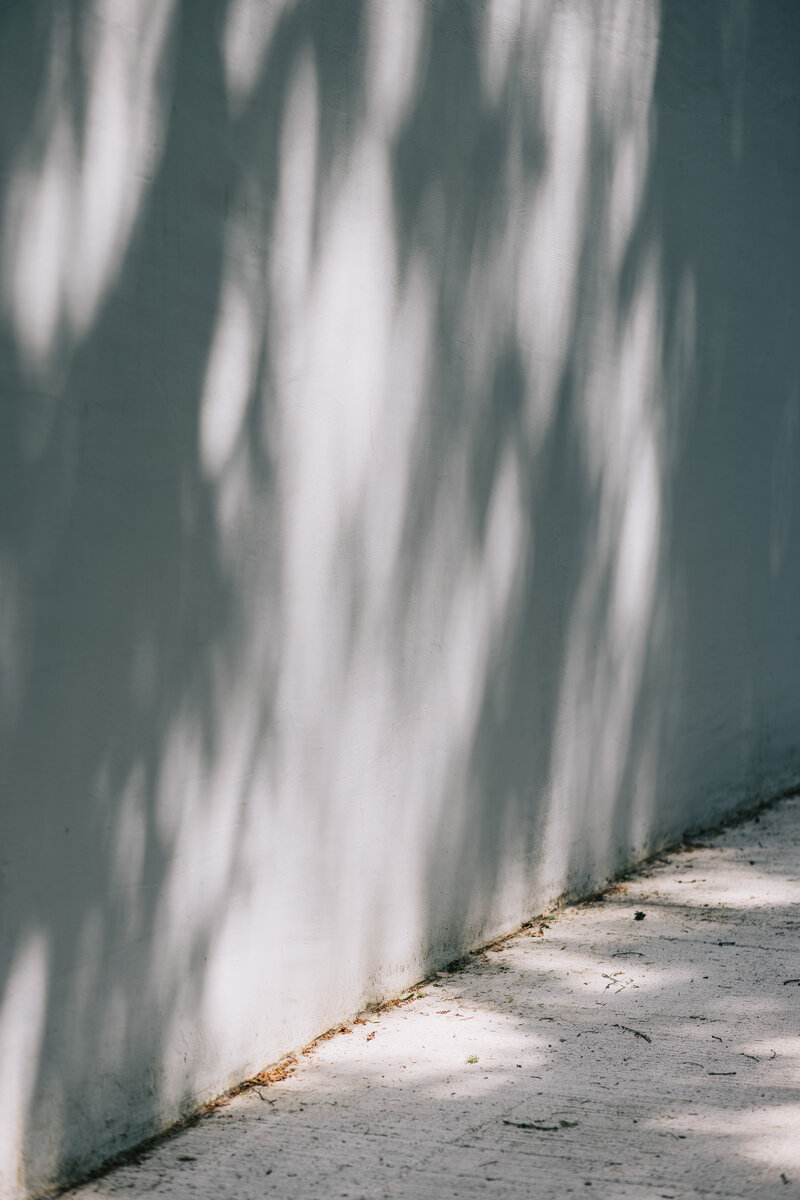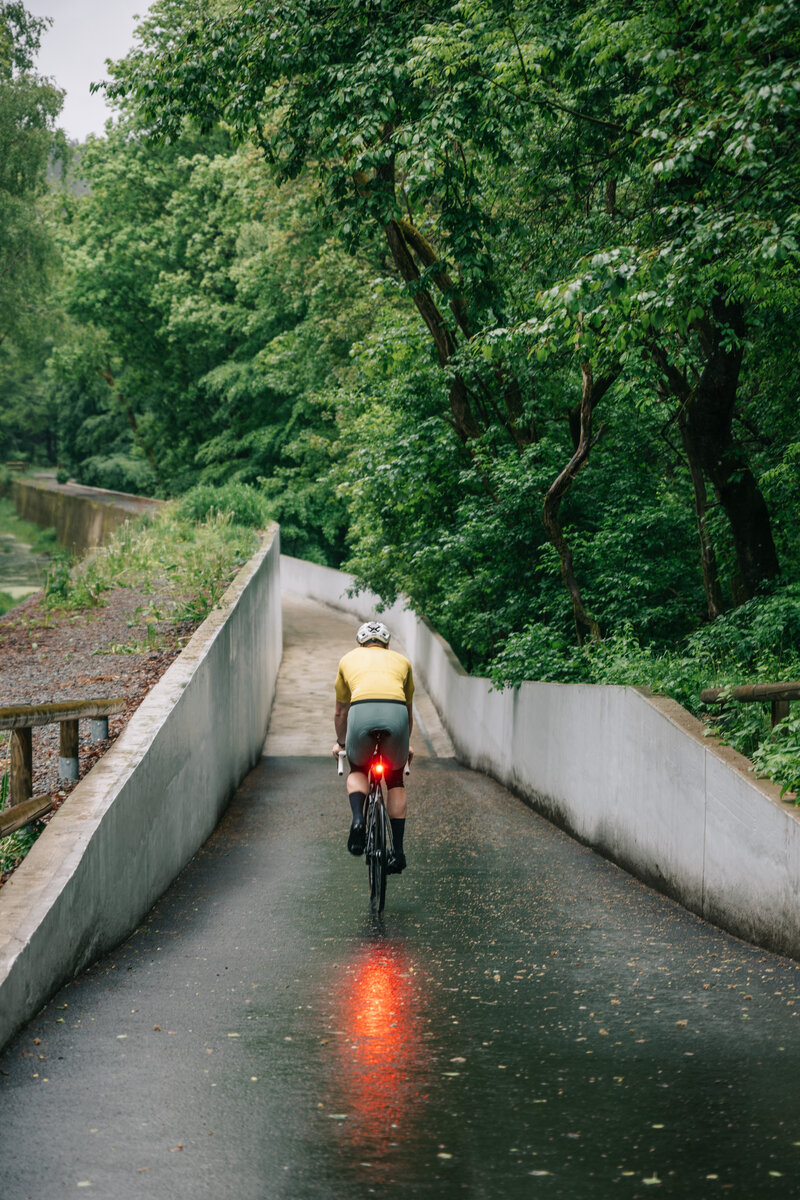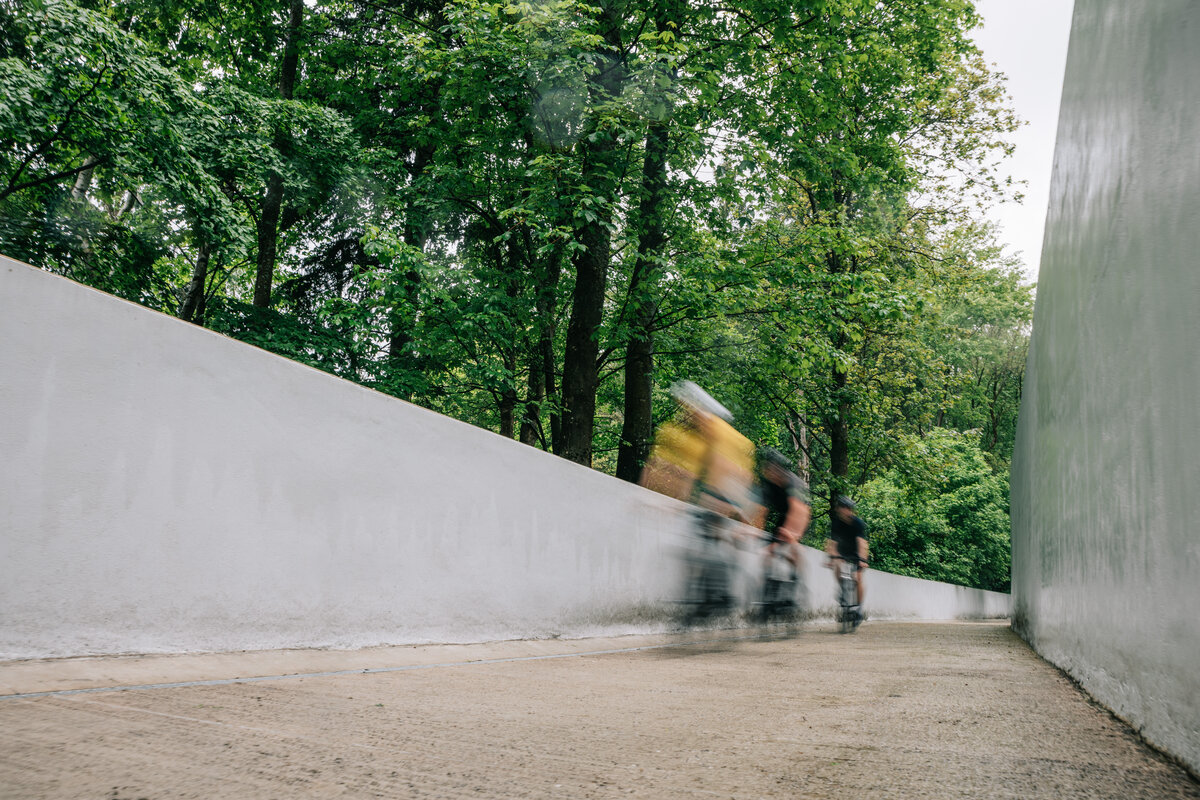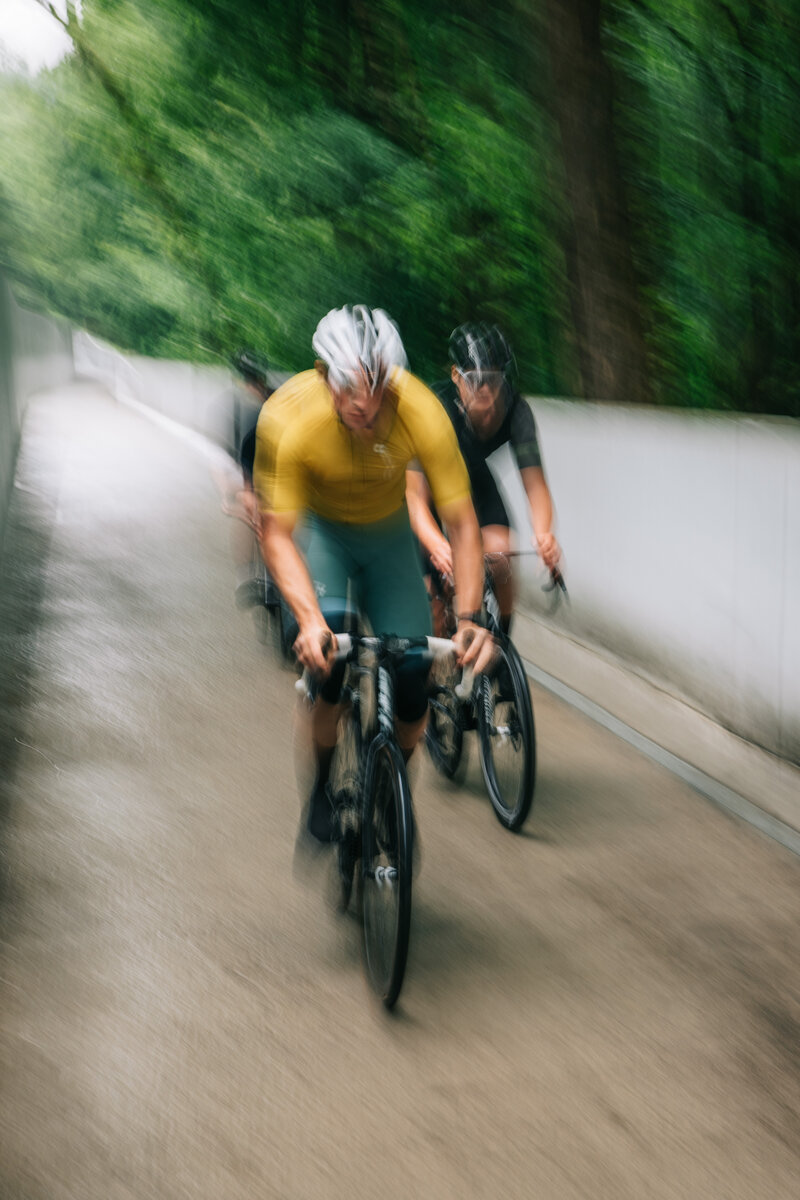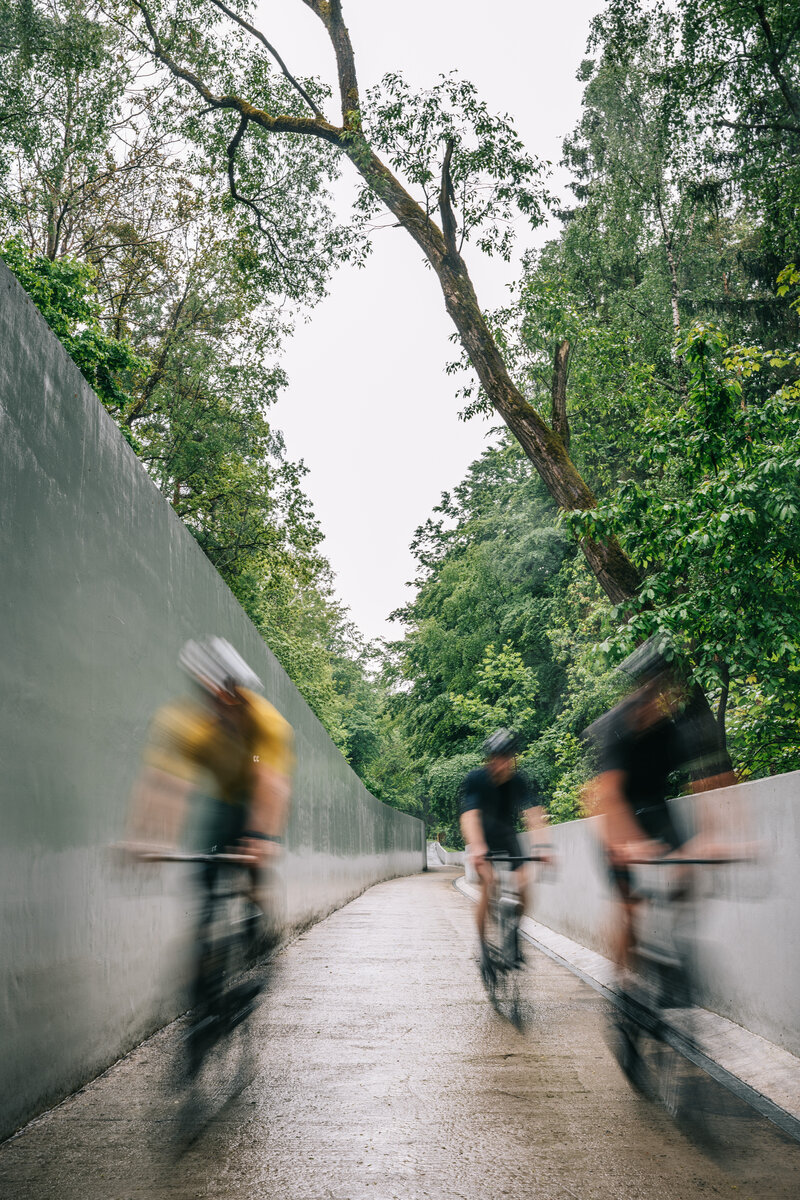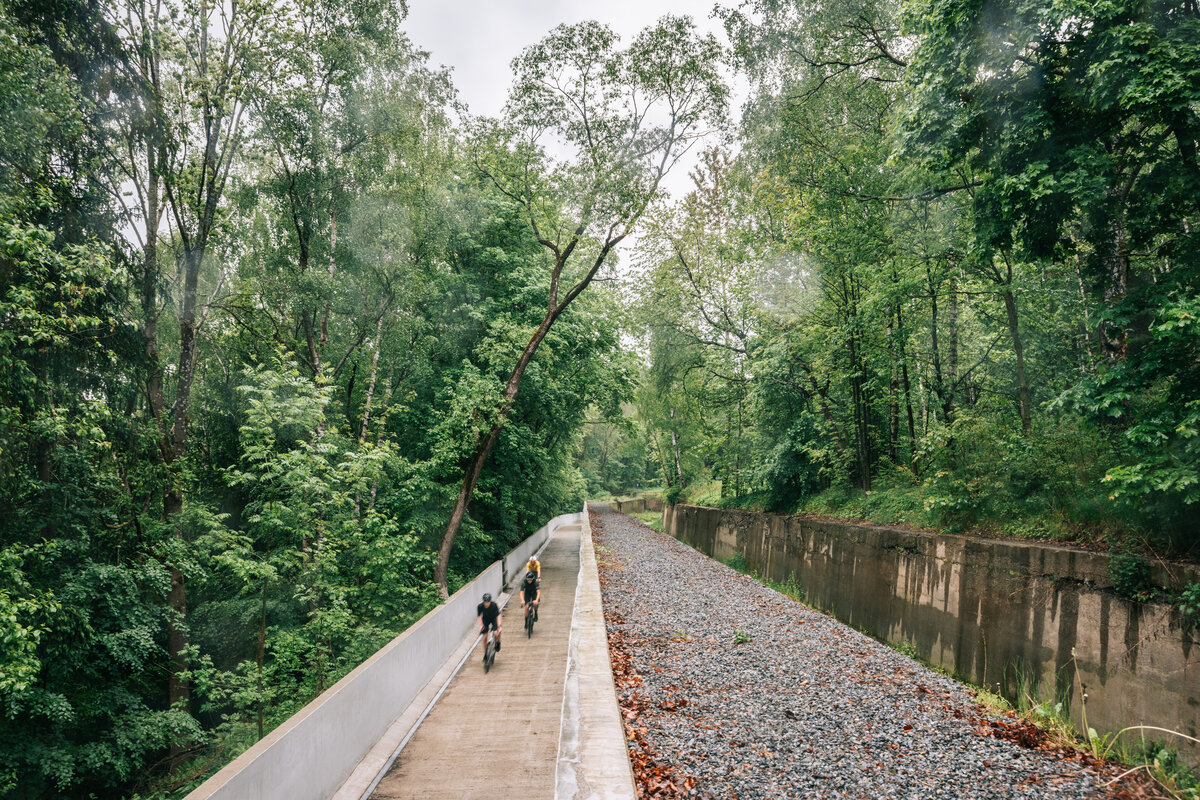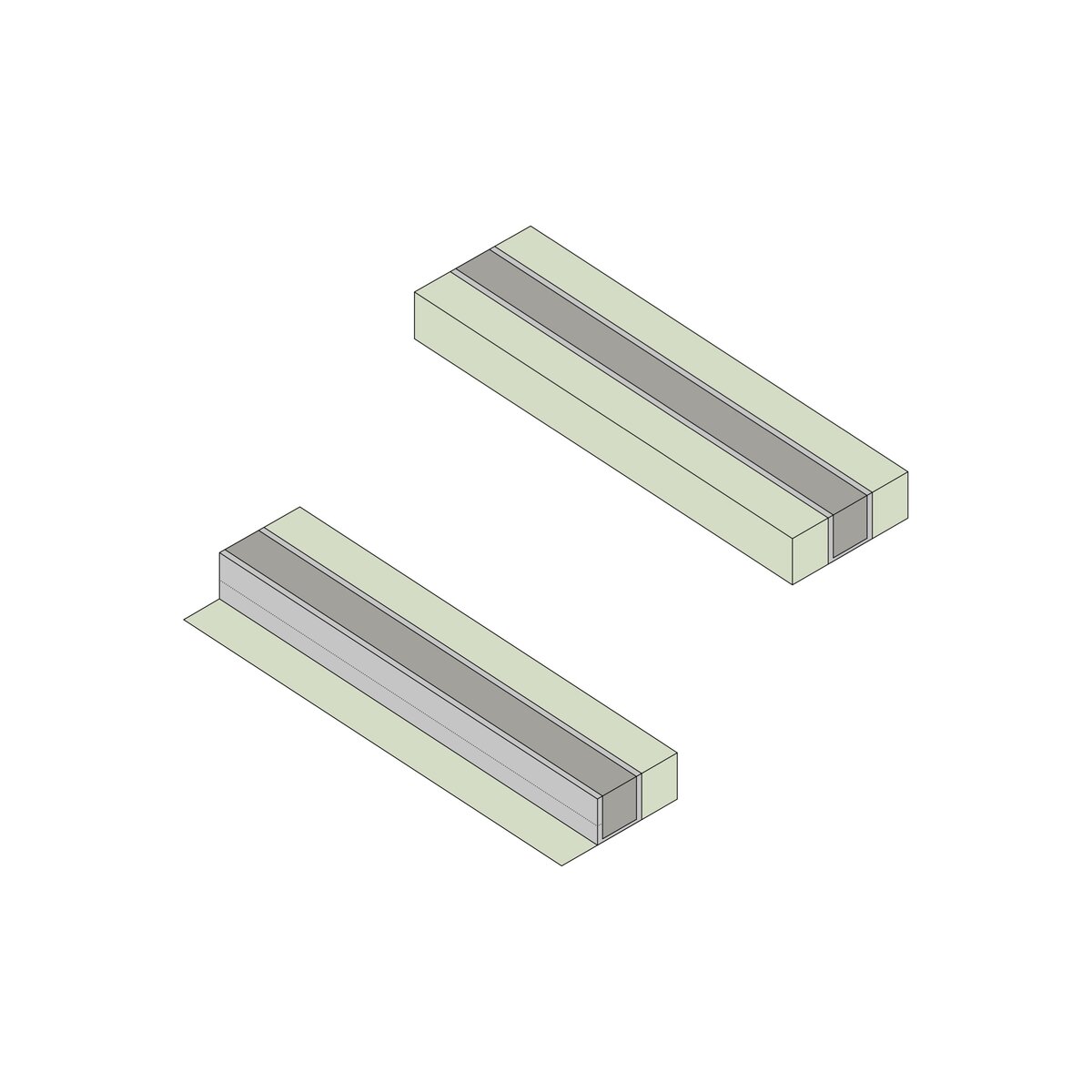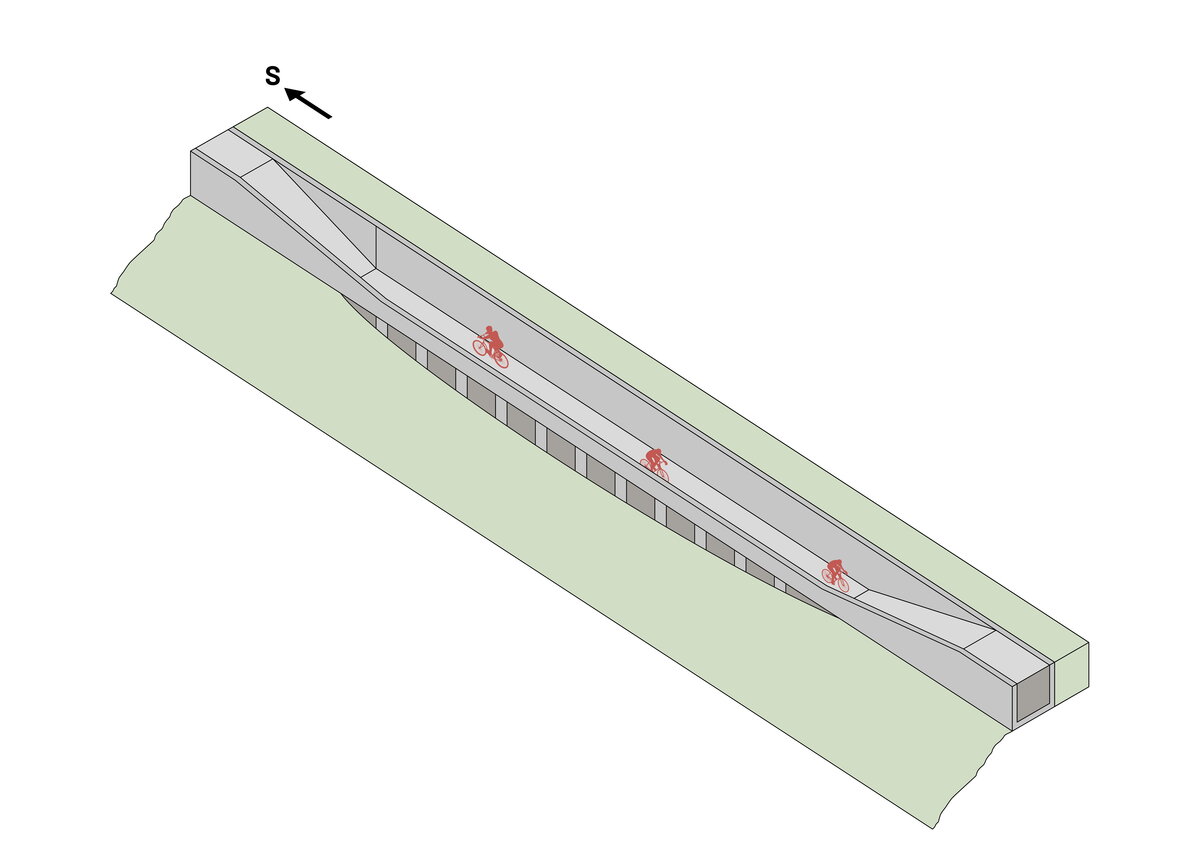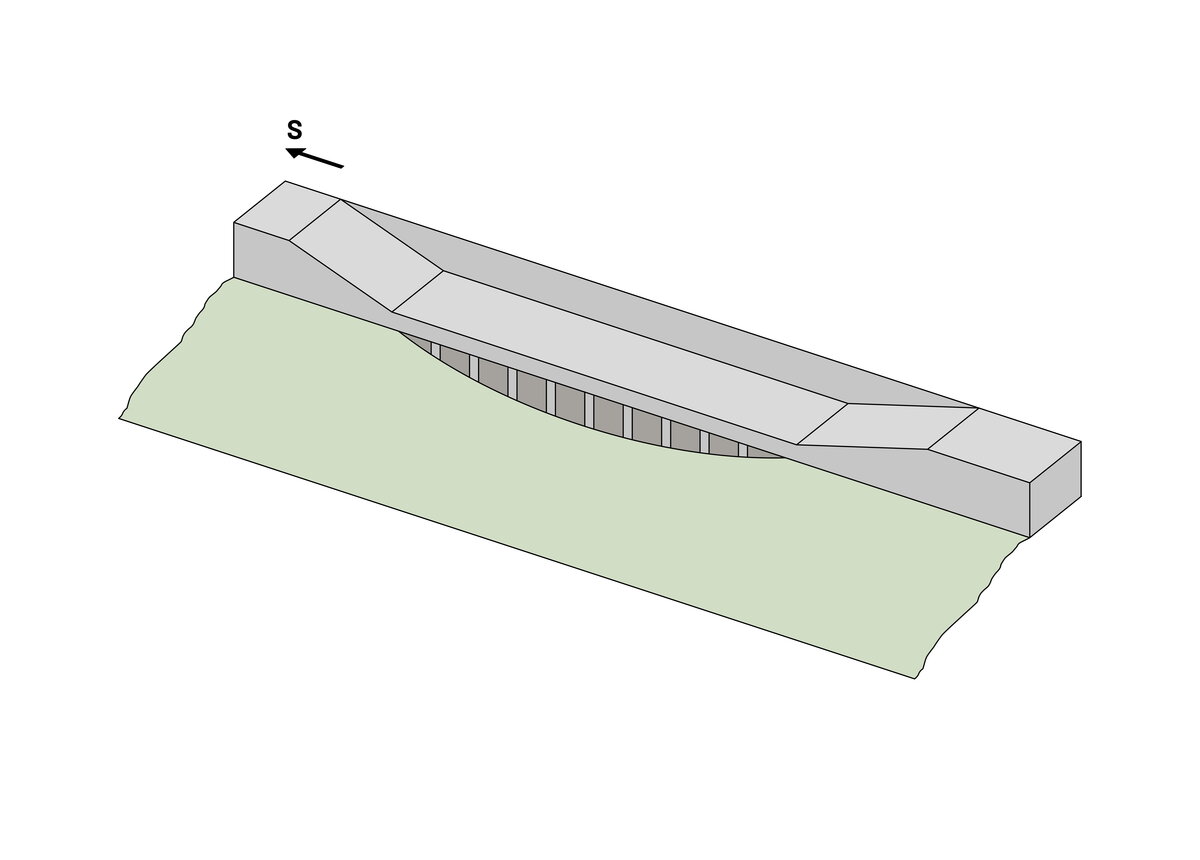| Author |
Martin Krupauer, Pavel Kvintus (A8000), Ondřej Zenkl (dopravní inženýr Zenkl CB) |
| Studio |
A8000 + Zenkl CB |
| Location |
Loučovice |
| Investor |
Jihočeský kraj |
| Supplier |
Eurovia |
| Date of completion / approval of the project |
December 2023 |
| Fotograf |
Ondřej Bouška |
The cycle path between Loučovice and Vyšší Brod is not a new construction, but a transformation. The intervention in the landscape happened long ago – when humans concreted the Spiro Canal to bring water to the Čertovy proudy hydroelectric power plant, a remarkable technical achievement of its time built by Ignác Spiro & Söhne. Today, a new path follows the same structure, reading the landscape in a different way – but with respect for the traces of the past. It does not aim to create new beauty, but rather reveals the one that emerged unintentionally – aged, overgrown, and weather-stained concrete. In doing so, it highlights a fundamental idea of sustainability: not to destroy or build anew, but to reflect and transform what already exists.
The intervention was minimal – and that’s where its power lies. The original canal body was cleared, and at the point of the former aqueduct, it was “cut” – the incision opened up views into the green valley of the iconic Vltava river rapids. What was once a buried water channel has become an open curve in the landscape. The shape of the path was not designed – it simply emerged, following the terrain as it came. And that is precisely what makes it a true landscape feature – not one that seeks to dominate, but one that blends in.
The colour of the concrete structure was unified to white – not sterile, but alive, aging together with nature. The path remains raw, imperfect; black stains from weather and use give it a “smudged” look – but it is precisely this quality that lets it belong. There is no architect here in the sense of an artist-creator, but rather a sensitive editor, who removed the excess to let the existing speak.
This project is grounded in respect for entropy. It accepts time as a co-author. Its lack of aesthetic polish reflects its authenticity. It’s not about design, but about measure. Not about formalism, but about naturalness. The cycle path between Loučovice and Vyšší Brod is more than just a route – it is a statement. A quiet example of how to approach the landscape: humbly, sparingly, yet powerfully.
The project is based on the existing structure of a historical engineering work – the Spiro Canal, originally built as a water feeder for the Čertovy proudy hydroelectric power plant, operated by Ignác Spiro & Söhne, which was, at the time, the largest hydroelectric plant in the Austro-Hungarian Empire. This reinforced concrete monolith runs along the slope high above the Vltava River. In the affected section – originally an aqueduct approximately 250 metres long – the canal was cleaned, locally reinforced, and adapted into a cycle path. The key intervention was the partial removal of the top of one of its walls – literally a single cut with an angle grinder – transforming a deep, enclosed U-shaped profile into an open route with views into the green jungle of the wild Vltava rapids.
The concrete structure was neither suppressed nor hidden. On the contrary, its volume and form remain dominant. In some places, the right wall of the canal rises higher than a person, resembling a massive rock face, a channel carved into stone. The walls are 20–30 cm thick. The structure feels like a natural formation shaped by time and landscape. Its surface was unified with a coat of white paint, which, however, weathers and stains with its surroundings – not creating contrast, but slowly disappearing.
From a technical perspective, this is not a new construction, but an adaptation: instead of demolition and replacement, the existing structure was repurposed – an example of architectural upcycling. The cycle path runs along the concrete base of the former canal, allowing people to pass not only through the landscape but through a unique piece of industrial heritage.
The intervention was minimal, deliberate, and functional. The transformation from technical canal to landscape path happened with a single cut – both physical and conceptual.
Green building
Environmental certification
| Type and level of certificate |
-
|
Water management
| Is rainwater used for irrigation? |
|
| Is rainwater used for other purposes, e.g. toilet flushing ? |
|
| Does the building have a green roof / facade ? |
|
| Is reclaimed waste water used, e.g. from showers and sinks ? |
|
The quality of the indoor environment
| Is clean air supply automated ? |
|
| Is comfortable temperature during summer and winter automated? |
|
| Is natural lighting guaranteed in all living areas? |
|
| Is artificial lighting automated? |
|
| Is acoustic comfort, specifically reverberation time, guaranteed? |
|
| Does the layout solution include zoning and ergonomics elements? |
|
Principles of circular economics
| Does the project use recycled materials? |
|
| Does the project use recyclable materials? |
|
| Are materials with a documented Environmental Product Declaration (EPD) promoted in the project? |
|
| Are other sustainability certifications used for materials and elements? |
|
Energy efficiency
| Energy performance class of the building according to the Energy Performance Certificate of the building |
|
| Is efficient energy management (measurement and regular analysis of consumption data) considered? |
|
| Are renewable sources of energy used, e.g. solar system, photovoltaics? |
|
Interconnection with surroundings
| Does the project enable the easy use of public transport? |
|
| Does the project support the use of alternative modes of transport, e.g cycling, walking etc. ? |
|
| Is there access to recreational natural areas, e.g. parks, in the immediate vicinity of the building? |
|

